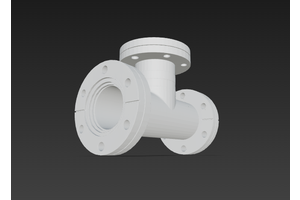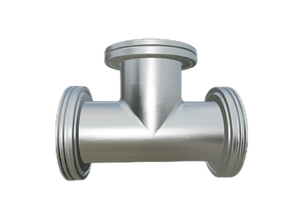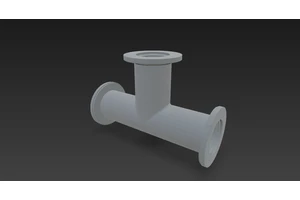What are some examples of ultimate vacuum in practical applications
The concept of ultimate vacuum is critical in various fields where extremely low-pressure environments are necessary. Here are several examples showcasing its practical applications:
Scientific Research:
- Particle Physics Research: Facilities like the Large Hadron Collider (LHC) rely on ultra-high vacuum (UHV) conditions, achieving ultimate vacuums down to 10^-9 to 10^-10 Pascals. This ensures that particle beams can travel long distances with minimal collision against gas molecules.
- Material Science and Surface Analysis: Techniques such as Scanning Tunneling Microscopy (STM) and Atomic Force Microscopy (AFM) require an exceptionally clean environment free from air-borne contaminants, necessitating high or ultra-high vacuum conditions.
Semiconductor Manufacturing:
- In the fabrication of semiconductor chips, processes including Chemical Vapor Deposition (CVD), Physical Vapor Deposition (PVD), and etching are conducted under high vacuum or UHV to minimize contamination and ensure precision. These processes often demand ultimate vacuum levels reaching 10^-6 to 10^-8 Pascals.
Space Simulation:
- To test satellites and their components for performance in space-like conditions, specialized vacuum chambers are used to simulate the near-perfect vacuum of outer space. This helps verify the reliability of spacecraft equipment in extreme extraterrestrial conditions.
Electronics Industry:
- Certain types of electron tubes, such as those in cathode-ray tubes (CRTs) or specific sensors, require vacuum technology to ensure electrons can move freely without interference from gas molecules. Although CRTs have been largely phased out by modern display technologies, there remains a need for such vacuum applications in areas like X-ray tubes and photomultiplier tubes.
Healthcare:
- Some radiation therapy devices use vacuum technology to maintain the stability and accuracy of particle beams. Additionally, in pharmaceutical manufacturing, vacuum drying is employed to gently remove moisture from hygroscopic drugs without damaging their active ingredients.
These examples illustrate not only the foundational role of ultimate vacuum in scientific research but also its indispensable nature in high-tech industries and advanced manufacturing. By providing a pristine, controlled environment, ultimate vacuum enables the realization and advancement of cutting-edge technologies and products.





